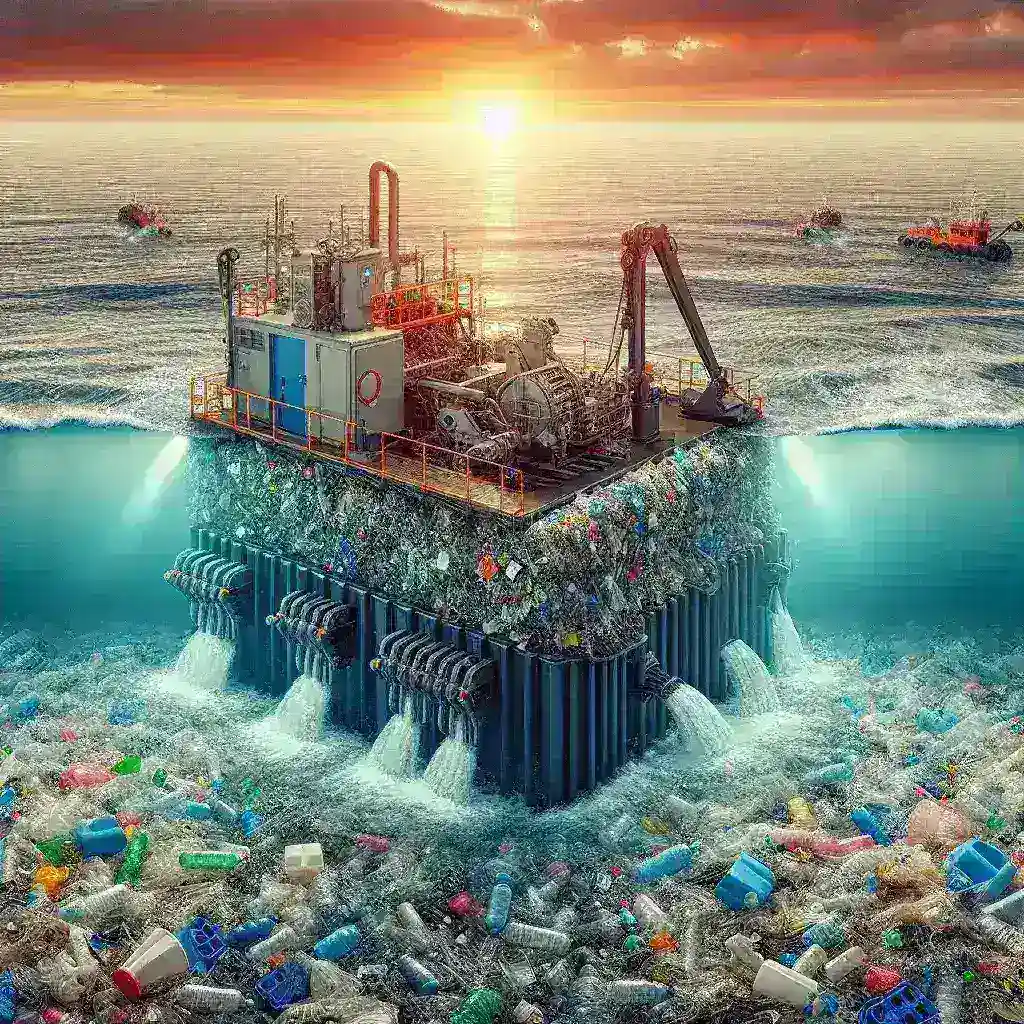Introduction
As the world grapples with the escalating crisis of plastic pollution, innovative solutions are emerging to tackle the issue more effectively. Ocean plastic cleanup technology is advancing rapidly, with systems now being developed that can scale to industrial collection volumes. This article discusses the recent developments in ocean plastic cleanup technology, the challenges faced, and the potential impact on the environment and economy.
The Current State of Ocean Plastic Pollution
According to the United Nations, approximately 8 million tons of plastic end up in the oceans each year. This staggering figure highlights the urgency to implement large-scale cleanup operations. Plastic debris not only harms marine life but also poses risks to human health through contamination of the food chain.
The Need for Scalable Solutions
Traditional cleanup methods, while beneficial, often operate on a small scale. The challenge lies in developing technology that can efficiently collect vast amounts of debris in a cost-effective manner. Scalable solutions are crucial to address the vast areas of ocean affected by plastic waste.
Innovative Technologies Transforming Cleanup Efforts
Recent advancements in technology have given rise to several innovative solutions aimed at industrial-scale collection of ocean plastics. Here are some notable technologies:
- Autonomous Vessels: These unmanned ships are equipped with advanced sensors and AI technology to identify and collect plastic waste in real-time. They can operate continuously, covering large expanses of ocean.
- Floating Barriers: Designed to trap plastics while allowing marine life to pass through, floating barriers are being deployed in key areas of high plastic concentration. They serve as a first line of defense against ocean pollution.
- Advanced Filtering Systems: New filtration technologies are being integrated into existing vessels, enabling them to capture smaller plastic particles that would otherwise remain in the water.
- Data Analytics: Utilizing big data to analyze pollution patterns and optimize cleanup routes is becoming increasingly important. This technology helps in deploying resources more efficiently.
Case Studies: Successful Implementations
Several organizations are already implementing these technologies with promising results:
The Ocean Cleanup Project
This nonprofit organization has developed the Interceptor, a solar-powered vessel that removes plastic waste from rivers before it can reach the ocean. The Interceptor has proven effective in locations around the globe, collecting thousands of kilograms of plastic.
Seabin Project
The Seabin is a floating trash can designed to be placed in marinas, docks, and other calm water bodies. It can collect up to 1.5 tons of waste annually, demonstrating the effectiveness of localized cleanup efforts.
Challenges and Limitations
Despite the advancements, several challenges remain in scaling these technologies:
- Funding and Investment: Large-scale operations require significant investment. Securing funding for innovative projects can be challenging, particularly in the nonprofit sector.
- Logistical Hurdles: Collecting and transporting plastic waste is logistically demanding. Innovations must include effective waste management systems.
- Environmental Impact: While removing plastic, care must be taken to minimize disruption to marine ecosystems. Technologies must evolve to balance cleanup efforts with environmental protection.
The Future of Ocean Plastic Cleanup
Looking ahead, the future of ocean plastic cleanup technology appears promising. As awareness grows and more resources are allocated to tackling plastic pollution, the development of scalable solutions will play a critical role in restoring the health of our oceans. Here are some predictions for the future:
Integration with Circular Economy
As the circular economy gains traction, more companies are expected to invest in technologies that not only remove plastic from oceans but also recycle it into new products. This synergy can reduce the overall demand for new plastic production.
Collaboration Across Industries
Future cleanup efforts will likely see increased collaboration among governments, NGOs, and private companies. By pooling resources and expertise, stakeholders can create more effective solutions.
Public Engagement and Education
Increasing public awareness about plastic pollution will drive demand for innovative cleanup solutions. Educational campaigns will encourage individuals and communities to participate in local cleanup efforts, amplifying the impact of industrial-scale initiatives.
Conclusion
Ocean plastic cleanup technology is evolving at an unprecedented pace, with new innovations promising to scale efforts to industrial levels. By harnessing advanced technologies and fostering collaboration, we can address the plastic pollution crisis effectively. The path ahead is challenging, but with continued investment and innovation, we can envision a future where our oceans are free from plastic waste, preserving marine life for generations to come.
